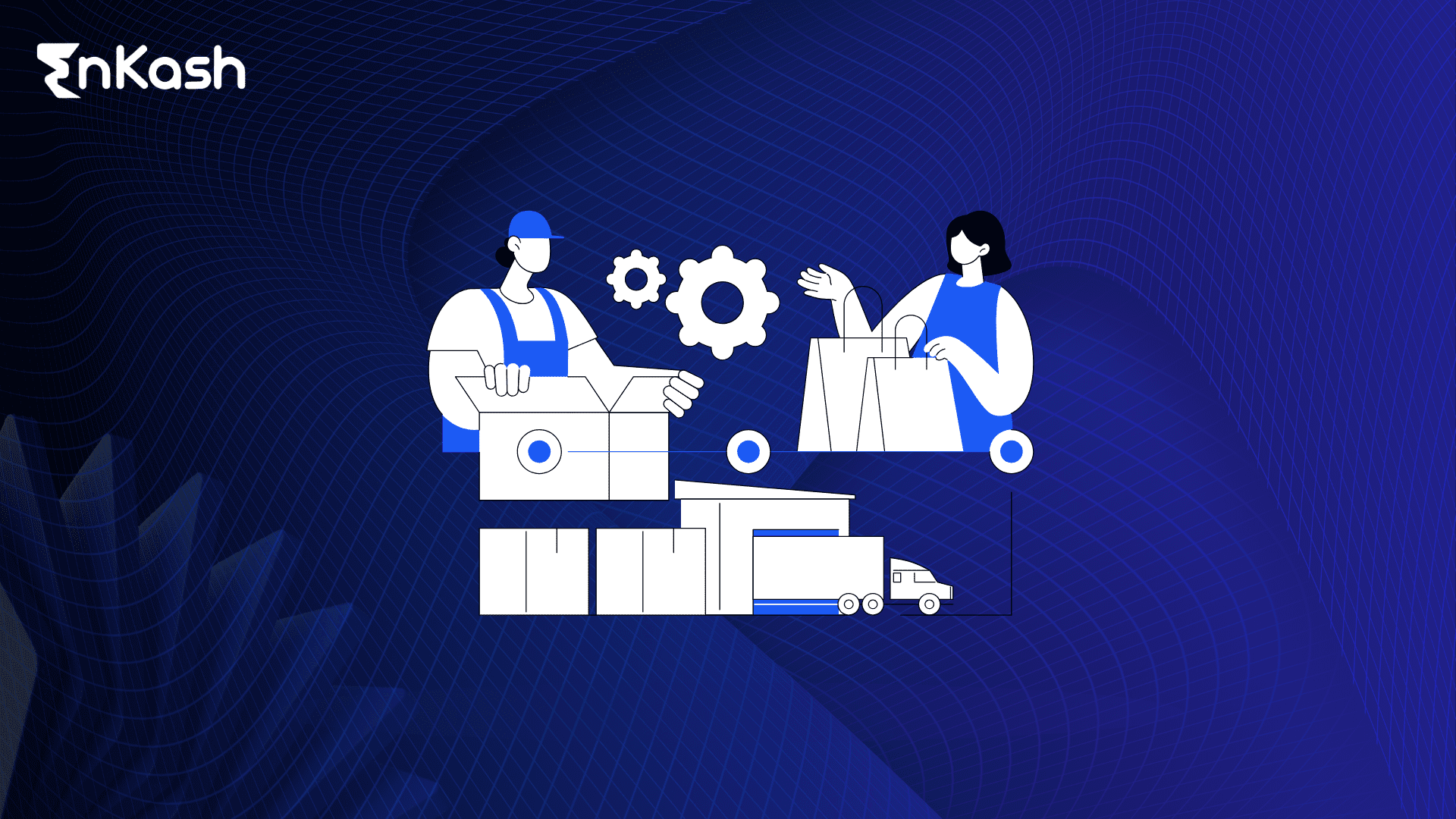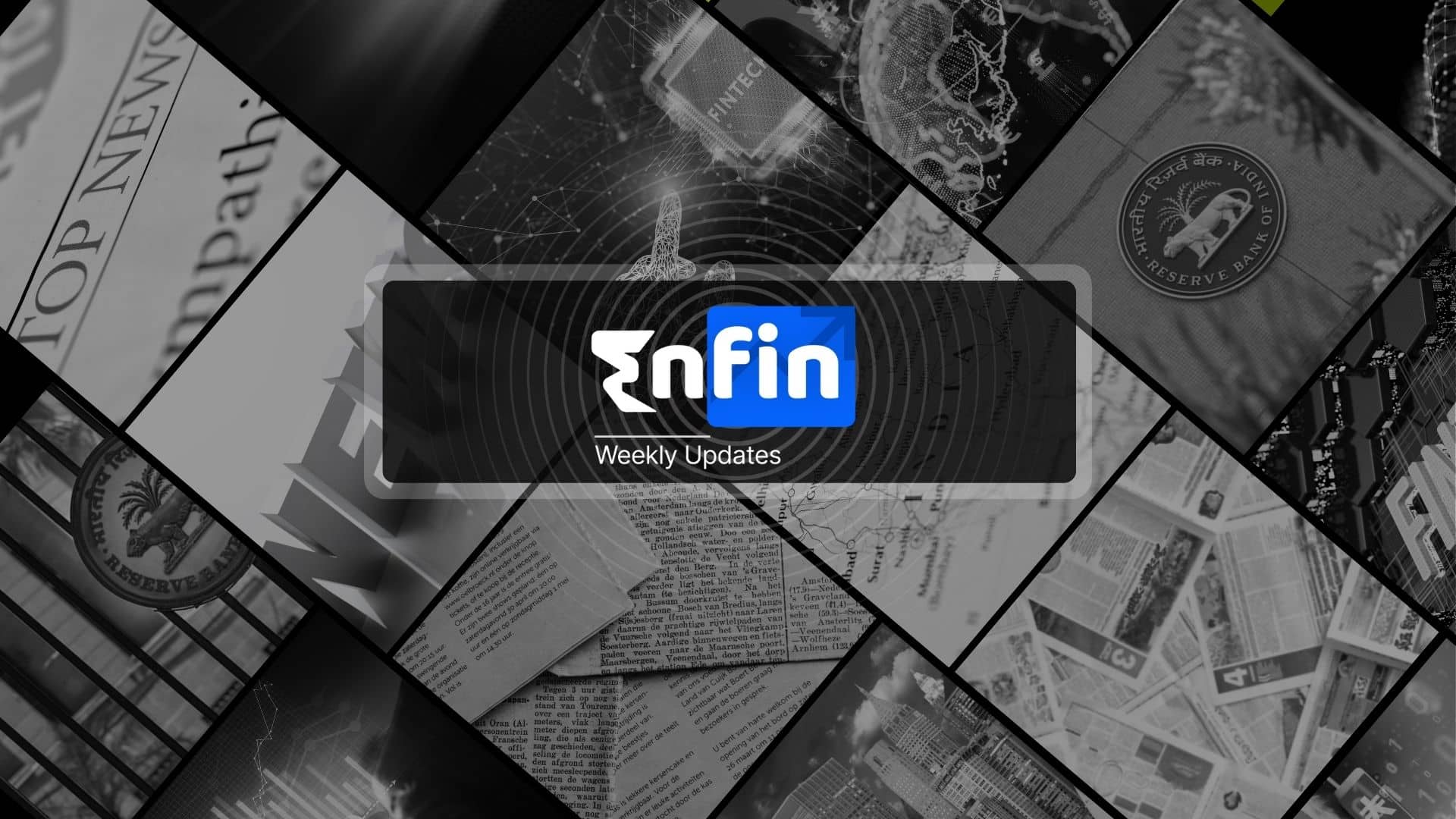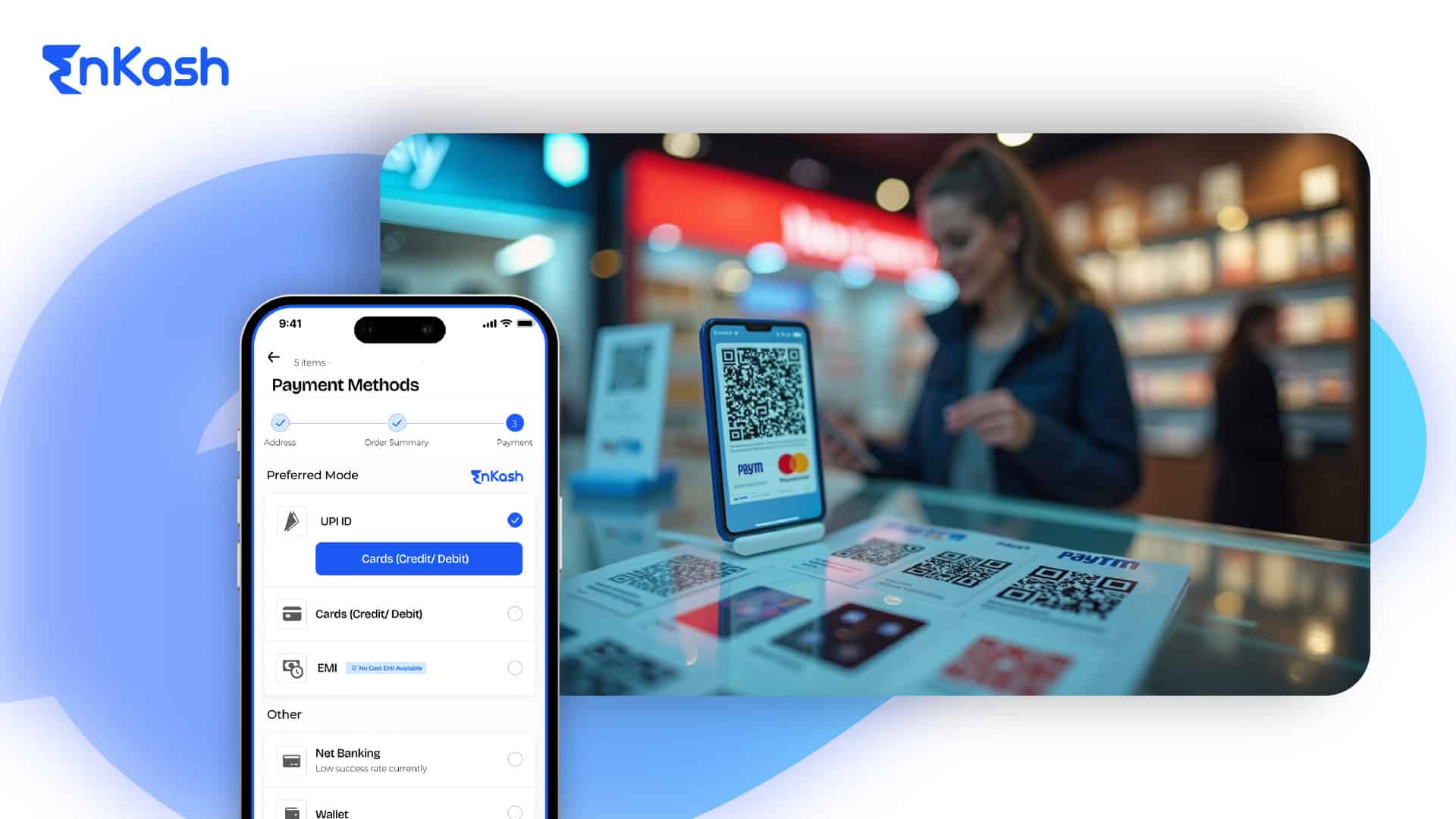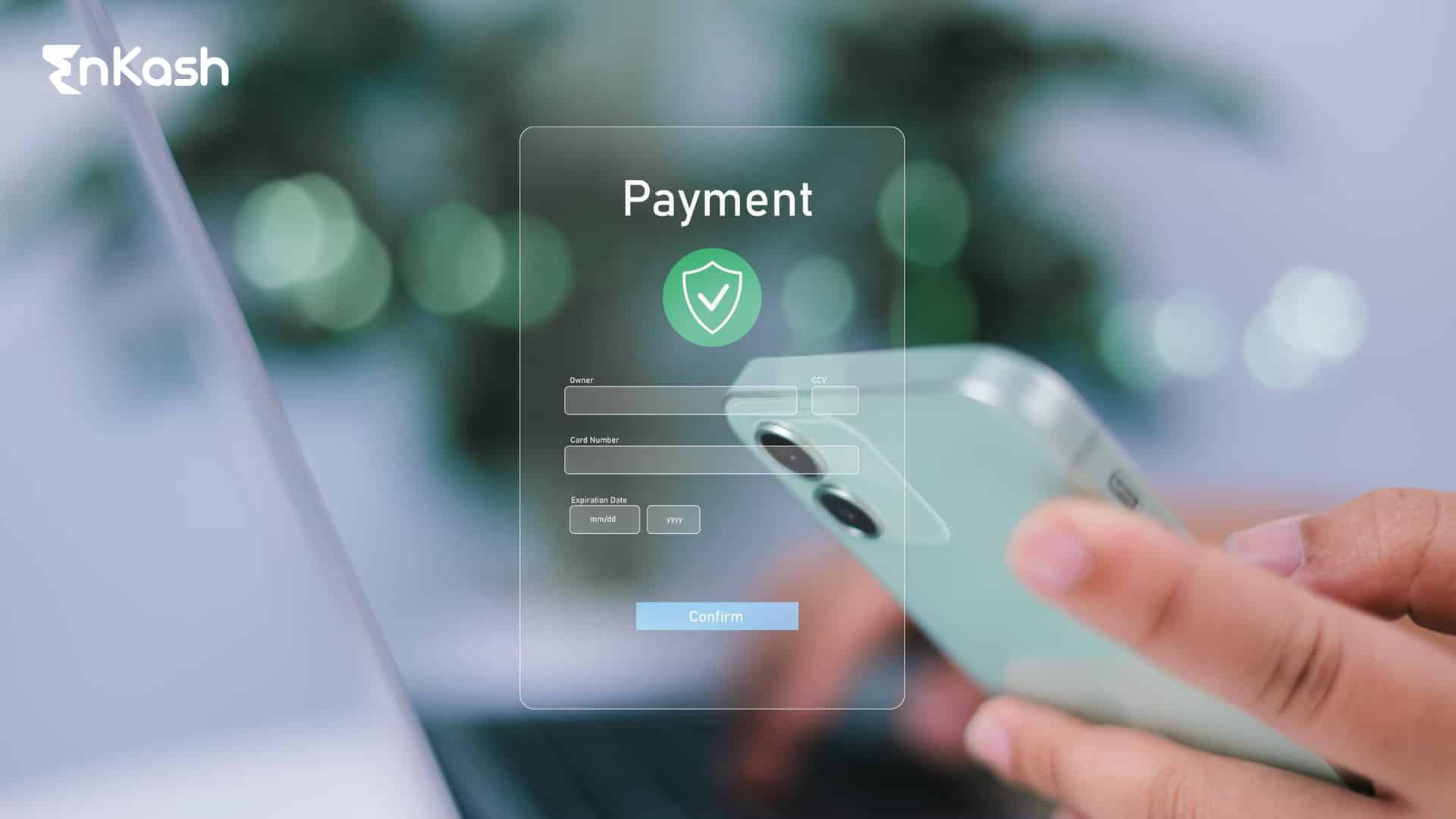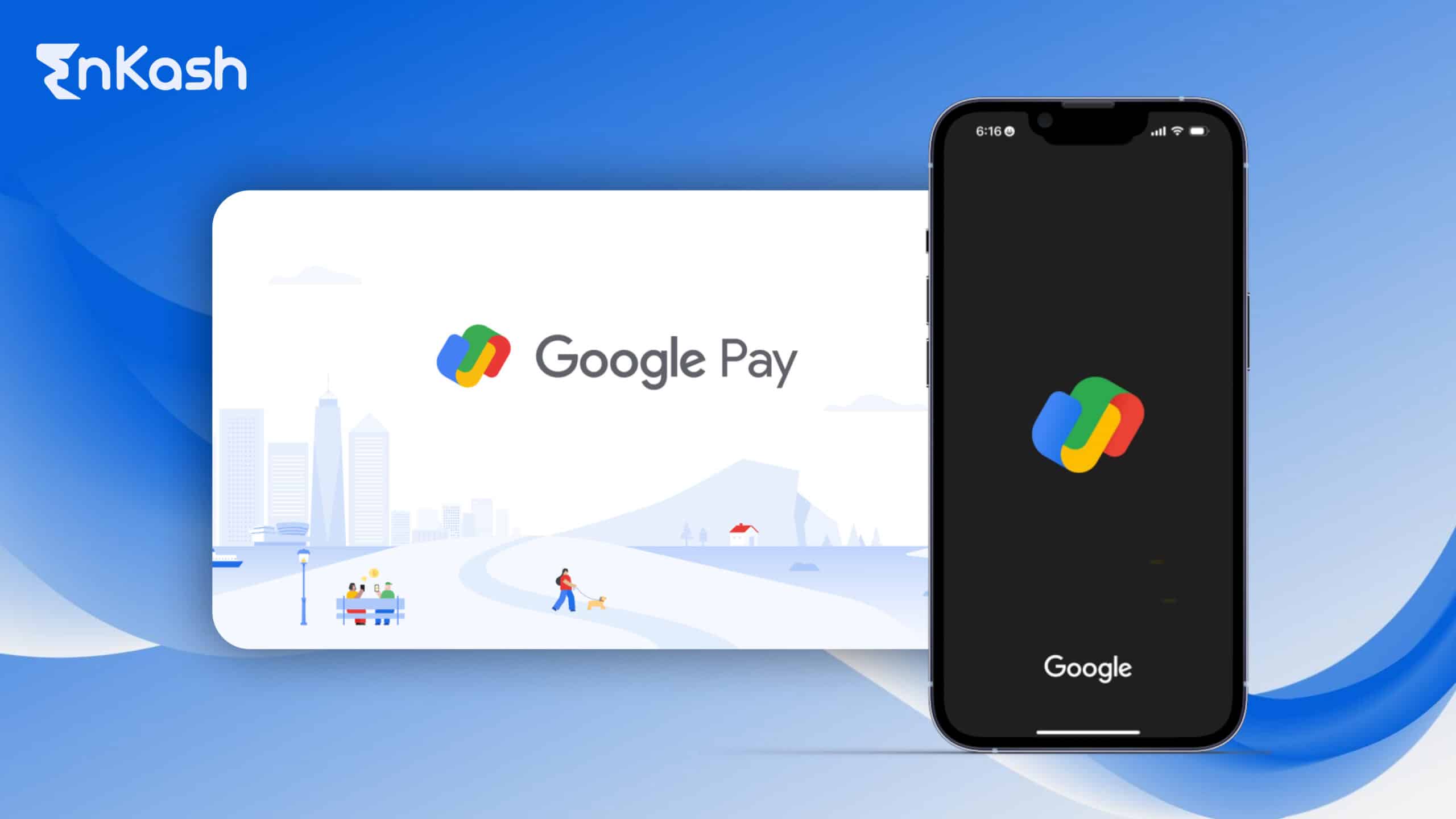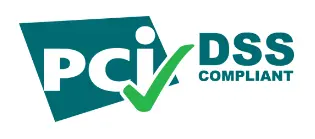Every businessman knows that getting a product or service from conception to the hands of a happy customer is a long and complex process. There are a series of people and processes involved and this intricate workflow/network of intermediaries and processes that connect the dots and bridge the gap between producer and consumer is known as a distribution channel.
For businesses of all sizes, understanding distribution channels is crucial. It’s the backbone of your go-to-market strategy, impacting everything from pricing and inventory management to brand perception and customer experience.
In this blog, we will go deep into the concept of distribution channels, learn about the different types, their advantages and disadvantages, and provide real-world examples to illustrate these concepts.
What is a Distribution Channel?
At its core, a distribution channel defines the route a product or service takes from its creation to its final purchase. It encompasses the various intermediaries, such as wholesalers, retailers, distributors, and even online platforms, that facilitate this movement ensuring that products are available at the right place, at the right time, and in the right quantities.
Distribution channels are not just about physical movement; they also encompass the flow of information, payments, and ownership. Functions of distribution channels can significantly enhance customer satisfaction, reduce costs, and improve a company’s competitive edge. These intermediaries also perform a multitude of functions, including:
- Warehousing and Storage: Storing products until they are ready for sale
- Transportation: Moving products from manufacturers or wholesalers to retailers or directly to consumers
- Marketing and Promotion: Creating awareness and demand for the product or service
- Customer Service: Answering customer queries and solving problems
The choice of distribution channel significantly impacts a company’s operations, profitability, and ultimately, its success.
Components of Distribution Channel
A distribution channel consists of various interconnected components that ensure products move efficiently from the manufacturer to the end consumer. Each component plays a vital role in ensuring the product reaches the market in optimal condition and at the right time. Here are the key components that make up a distribution channel:
1. Manufacturer or Producer
The manufacturer and producer are the starting point of every distribution channel. This is the stage when the product is made, drawn, or fashioned. It begins with procuring raw materials and turning them into the desired product through manufacturing. After the goods are produced they have to be transported so that they can be accessible to the final buyer. This signifies the change from the production stage to that of distribution.
2. Intermediaries
Intermediaries like wholesalers, retailers, agents, and distributors are important features of a distribution channel. They are known to connect the manufacturer and the ultimate consumer. Different terms are used to describe intermediaries depending on the activities that they carry out. For example, they include the practice of buying the goods with the manufacturer in large quantities, storing them, and reselling it either to other intermediaries or to the end consumers. They are also involved in the warehousing and distribution of the product in several markets. Due to intermediaries, the audience a manufacturer can reach is much wider than if the manufacturer acted alone.
3. Logistics and Transportation
Logistics and transportation play an important part in moving the product from one place to another. It does not matter if the goods are being transported from the manufacturer to a storage facility, from a storage unit to a shop, or from the shop straight to the customer, logistics helps ensure the products are delivered safely and on schedule. Distribution services such as land, air, and ocean transportation are critical features for the successful and affordable delivery of products to customers.
4. Marketing and Promotion
Marketing and promotion are important for creating an interest in a product and its demand. Usually, intermediaries such as wholesalers and retailers are responsible for the implementation of marketing tactics where agents sell a seller’s product within the target market. This increases the sales and helps to place the products in the target market. Proper promotion helps to get the product in the hands of potential purchasers and thus, increases their loyalty to the brand and encourages them to make the purchase.
5. Customer Service and Support
Customer service takes the last place in the distribution channel, but it is still very important in the process. Usually, it is intermediaries who have to deal with customers after they have made a purchase and offer support services. They answer questions, process returns, address concerns, and make sure that customers are happy with what they bought. Quality customer service adds value to the overall experience and helps to instill confidence in the consumer which is important because such a concern is necessary for the growth of any business in the long run.
What are the Types of Distribution Channels?
Distribution channels can be broadly categorized into three main types: direct, indirect, and hybrid channels. Each type has its subcategories, and businesses may use one or a combination of these channels depending on their objectives, product type, and target market.
1. Direct Distribution Channels:
There are no intermediaries involved In a direct distribution channel, and the manufacturer sells the products/goods directly to the final consumer. This approach allows the producer to have complete control over the sales process, customer experience, and brand image. The functions of this distribution channel provide many benefits:
Advantages of Direct Distribution Channels:
- Greater Control: Companies have complete control over pricing, branding, and customer experience
- Higher Profits: Eliminating middlemen translates to potentially higher profit margins
- Direct Customer Relationships: Companies can build stronger relationships with their customers and gather valuable feedback
Disadvantages of Direct Distribution Channels:
- Higher Investment: Companies need to invest in their own sales and distribution infrastructure, such as physical stores or robust online platforms
- Limited Reach: Reaching a large customer base can be difficult, especially for new businesses
- Inventory Management: Managing inventory levels can be complex, especially for products with fluctuating demand
Examples of Direct Distribution Channels:
- E-commerce Websites: Many businesses, such as Apple and Nike, sell their products directly to consumers through their official websites. This channel allows them to offer a personalized shopping experience and gather valuable customer data.
- Company-Owned Stores: Brands like Tesla and Starbucks operate their retail stores, enabling them to maintain a direct relationship with their customers and provide consistent brand experiences.
- Direct Sales Force: Companies like Avon and Tupperware utilize a direct sales force to sell products directly to consumers through personal interactions, often at the customer’s home or workplace
2. Indirect Distribution Channels:
Indirect distribution channels have one or more intermediaries like the wholesalers, retailers, distributors, and agents between the manufacturer and the end consumer. These intermediaries can include. Indirect channels are suitable for businesses looking to reach a wider audience without incurring the high costs associated with direct channels. This is the most common type of distribution channel, particularly for larger businesses, here’s why:
Advantages of Indirect Distribution Channels:
- Wide Reach: Indirect channels allow businesses to reach a larger audience, including remote and international markets
- Reduced Costs: Leveraging intermediaries can reduce the costs associated with setting up and maintaining a distribution network
- Expertise: Intermediaries often have expertise in logistics, marketing, and customer service, which can enhance the overall efficiency of the distribution process
Disadvantages of Indirect Distribution Channels:
- Less Control: Companies have less control over the final customer experience and branding
- Lower Profit Margins: Intermediaries take a share of the profits, which can reduce overall margins
- Complexity: Managing relationships with multiple intermediaries can be complex and time-consuming
Types of Indirect Distribution Channels:
- One-Level Channel (Wholesaler-Retailer): Involves a single intermediary, typically a retailer. For example, a manufacturer sells products to a retailer, who then sells them to the end consumer. Companies like Dell and Nike often use this channel, selling their products through major retailers
- Two-Level Channel (Wholesaler-Distributor-Retailer): Involves two intermediaries, usually a wholesaler and a retailer. For example, a manufacturer sells goods to a wholesaler, who further sells them to a retailer, who lastly sells them to the consumer. This channel is commonly used by FMCG companies like Procter & Gamble and Unilever
- Three-Level Channel (Agent-Wholesaler-Distributor-Retailer): Involves three intermediaries: an agent, a wholesaler, and a retailer. This channel is less common but can be used for products that require extensive distribution networks, such as agricultural products. The manufacturer sells to an agent, who then sells to a wholesaler, who sells to a retailer, and finally to the end consumer
3. Hybrid Distribution Channels:
Many businesses use a combination of direct and indirect distribution channels to maximize their reach and efficiency. This hybrid approach allows companies to leverage the benefits of both types of channels while mitigating their respective drawbacks.
Example of Hybrid Distribution Channels:
- Nike: Nike sells its products through its official website (direct channel), company-owned stores (direct channel), and through a network of retailers like Amazon (indirect channel). This multi-channel approach enables Nike to reach a broad audience while maintaining control over its brand image
Distribution Channel Levels
The distribution channel levels refer to the number of intermediaries who participate in the distribution process of the goods from the producer to the end-user. Every level has its benefits in each strategy. Distribution channels can be divided into four major levels;
Zero-level Channel (Direct Channel):
A zero-level distribution channel is one in which the manufacturer enters into direct selling to the consumer without the use of middlemen. Thus, one can control the pricing, branding, and relationship with the customers fully. This can be an owned retail outlet of a company or an online selling website of the company. This is appropriate for firms that do not want to compromise much on interacting with the customers or on how the brand will be presented.
One-Level Channel:
A one-level distribution channel contains one intermediary, which is usually a salesperson serving as a retailer. The salesperson will purchase the product from the manufacturer and then sell it to the end user. This type of channel is seen in products that have high distribution rates such as electronics and clothing. Companies such as Dell and Nike utilize this strategy for connecting to buyers via selling points.
Two-Level Channel:
In a two-level channel, the involvement of two intermediaries occurs; a wholesaler and a retailer. The wholesaler buys in bulk from the manufacturer and sells to retail stores who then sell to the final customer. This is a preferred model for markets dealing with fast-moving consumer goods like food and drinks where it is necessary to have broad coverage.
Three-Level Channel:
A three-level distribution channel contains three intermediaries, more specifically an agent, a wholesaler, and a retailer. This arrangement is common with products that entail a lot of logistics or those that are sold in far-flung locations.
Choosing the Right Distribution Channel: Key Considerations
Selecting the right distribution channel is critical for aligning with a business’s overall strategy and objectives. Important factors to consider include:
Market Characteristics
Understanding the target market is essential. Factors like geographic location, customer preferences, and purchasing behavior play a significant role in channel choice. For example, luxury brands targeting affluent customers may prefer exclusive boutiques (direct channels), while mass-market brands might choose extensive retail networks (indirect channels) for broader reach.
Product Characteristics
The nature of the product often dictates the most suitable distribution approach. Perishable goods typically require direct channels or those with minimal intermediaries to ensure timely delivery, while durable goods with longer shelf lives are well-suited to more extended indirect channels.
Company Objectives
A company’s goals and strategic priorities strongly influence channel selection. Businesses aiming for rapid market penetration may favor indirect channels with established networks, while those emphasizing brand control and customer experience might choose direct channels.
Cost and Investment Considerations
Distribution costs vary between direct and indirect channels. Companies need to assess setup costs, logistics expenses, and intermediary margins to determine the most cost-effective option. Direct channels may involve higher infrastructure and branding investments, while indirect channels may reduce upfront costs but can lead to lower profit margins.
Control and Flexibility
The desired level of control in the distribution process also impacts channel choice. Direct channels offer greater control over pricing, branding, and customer experience but may be less flexible, while indirect channels can provide more flexibility but with less control over the customer experience.
In choosing the right distribution channel, companies should balance these factors to align with their product’s characteristics, target market, and business goals. High-quality products or those with a focus on service may benefit from direct distribution for greater control, whereas mass-produced goods often succeed through indirect channels, leveraging intermediaries to optimize reach and cost-effectiveness.
Real Word Examples of Effective Distribution Channels
To illustrate the diversity and effectiveness of distribution channels, let’s explore a few real-world examples from different industries:
Amazon
Amazon primarily operates through a direct distribution channel, selling products directly to consumers through its e-commerce platform. However, the company also functions as an intermediary for third-party sellers, creating a hybrid model. This approach enables Amazon to offer a vast selection of products while benefiting from the efficiency of its logistics network.
Coca-Cola
Coca-Cola relies heavily on indirect distribution channels to reach its global customer base. The company uses a network of bottlers, wholesalers, and retailers to distribute its beverages. This extensive network allows Coca-Cola to penetrate markets worldwide while focusing on its core competencies in marketing and product innovation.
Zara
Zara, a leading fashion retailer, uses a mix of direct and indirect distribution channels. The company sells its products through its online store and company-owned retail outlets (direct channels), as well as through third-party retailers (indirect channels). Zara’s efficient supply chain and quick turnaround times enable it to respond rapidly to changing fashion trends.
Distribution Channels in the Digital Age
E-Commerce and Online Marketplaces
It is no surprise that in the recent past, online shops such as Amazon, Flipkart, and, eBay among others have changed their distribution channels. There are the middlemen who help businesses reach various markets all over the globe, giving them the advantage, without the need to maintain a physical storefront. With logistics support from these platforms, products can be delivered directly to consumers with minimal investment from the business.
Omnichannel Distribution
Omnichannel distribution combines online and offline methods to create a single shopping experience across different channels. Now companies let buyers order goods from the internet, visit the shop and take it out the same day, or order at the shop and get it later on the internet. This helps to improve the provision of services in convenience because it increases the number of options available to customers for making purchases.
Direct-to-Consumer (DTC) Models
Many companies, especially in industries like fashion, beauty, and consumer electronics, more and more often build their strategies around DTC directly to consumer models. This way, if a DTC brand desires to sell its products via a website or social media, the whole process and interaction with the customer is managed by the company itself, which is able to also learn a good deal of information. Old DTC models do not include these middlemen, hence making it cheaper and cutting back on customer outreach.
Dropshipping
Dropshipping, when a supplier or wholesaler ships goods directly to the end consumer, has turned out to be an effective fulfillment technique adopted by many online businesses. In this arrangement, retailers do not carry any inventory; when a customer orders a product, the retailer places the order with the manufacturer for direct shipment of the item. This reduces the risk and cost of inventory management for businesses.
Conclusion
Distribution channels are a critical component of a business’s overall strategy, impacting its ability to reach and satisfy customers. By understanding the different types of distribution channels and their respective advantages and disadvantages, businesses can make informed decisions that align with their goals and market needs. Whether through direct, indirect, or hybrid channels, the ultimate objective is to ensure that products and services are accessible to consumers in the most efficient and effective manner possible. As the competition increases in the economy, it will be extremely beneficial for businesses to keep adapting to new changes and evaluate and improvise their strategies to stay ahead in the game.







